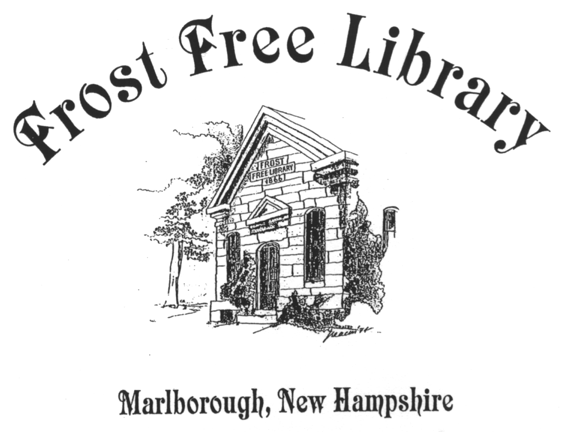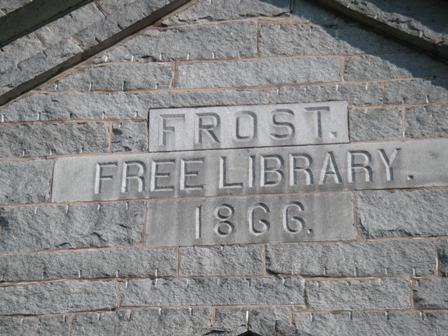|
 |

| Goodies |
|
about cleavage
Every political system with which I am familiar is characterized by a cleavage or multiple cleavages
- A cleavage is a metaphorical line which divides members of the community into sides
- Cleavage lines are founded on values, with some members of the community holding one value while others hold another
- In some political systems, class is the dividing line, with members of the working class at odds with members of the middle class over inequalities in wealth and the workings of the status system
- Social class, mainly the province of sociologists is also called socioeconomic status and is typically thought of as a compound of education, occupation, and income
- For a long time, class was the principle line of cleavage in states like Britain and Sweden
- George Bernard Shaw's Pygmalion, later musicalized as My Fair Lady, was largely about the social significance of class differences
- Data on the relationship between social class and voting choices suggest that class has become less important, but not without influence, in Britain (as is also the case in Scandanvia [Hoel & Knutsen, 1989)
- Other political systems are characterized by other types of cleavage
- In some political systems (Lebanon, for example, where the system is divided among Shi'a Muslims, Sunni Muslims, and Maronite Catholics) there is what is called sectarian cleavage; another example of a sectarian cleavage, where people of one faith community are, or have been, at odds with those of another faith community, is the Catholic-Protestant cleavage in Northern Ireland
- As opposed to a sectarian religion cleavage is a religious cleavage which pits those who are religious against those who are secular, the religious-secular kind of cleavage being one in which the issue is whether religious principles should be enacted into law; Italy, where 90% of the population is Catholic at least in name, is divided between those who prize the political contributions of the Church and those who want to keep religion and church authorities out of politics; in Israel, there is a division between religious Jews, who think the state should reflect Jewish law, and secular Israelis
- A language cleavage is found in Belgium with Flemish-speaking Belgians in the north (aka Flanders) and the French-speakers of Wallonia in the south
- Region is another type of cleavage, sometimes based on geographical orientations (north v south, east v west) but more often urban v rural (or, as it is also termed center v periphery); examples here might include Japan, Mexico, and Canada
- There is also evidence in some political systems of generational cleavage where younger citizens are more committed to what are called postmaterialist values (such as free expression and environmentalism) while older citizens are more materialist (placing heavier emphasis on things like maintaining order and promoting economic growth); Germany is sometimes cited as an example
- Conceptually distinct from "simple" language, regional, and sectarian cleavages are ethnic cleavages, situations in which the community is divided on the basis of ethnicity, where an ethnic group is defined as a group of people sharing the same culture based on geographic point of origin, langauge, religion, practices; Nigeria, the former Soviet Union, and the former Yugoslavia are examples of systems marked by ethnic cleavage
- at this point, I want to strongly suggest to you that you abandon the idea of race altogether and get used to the concept of ethnicity instead; increasingly social and physical scientists are arguing that race is a meaningless concept, especially if one thinks of it in biological (blood or, to be more sophisticated, genetic) terms); being black or Hispanic or Asian or white is not a matter of biology (which the concept of race has tended to suggest) but a matter of how individuals identify themselves socially or how other identify them socially
- Note what are not cleavage lines
- Specific issues--such as gun control, tax policy, guest workers and immigration policy, the privileges of religious authorities, and so forth--are not the bases for cleavage, but they may well be indicative of the fundamental value conflicts which do constitute the line(s) of cleavage in a particular system
- Political parties are the not bases of cleavage in that people do not value the Christian Democrats or the Socialists per se; rather, political parties organize to compete in elections around cleavage lines, and so voters prefer the Christian Democrats or the Socialists because of the cleavage side these parties represent
- I would also argue in the same vein that ideology, understood as (contemporary) conservatism vs (contemporary) liberalism vs democratic socialism, etc., is not a cleavage line, but that citizens embrace one view or another because it supports the side of the cleavage (be it religion or class or region) to which they belong
- In thinking about how political systems differ in terms of cleavage, we are interested not only in the type of cleavage, but in what might be called the cleavage structure which includes the following aspects for any political system
- The type of cleavage, be it ethnicity, religious v secular, class, or another of those identified above;
- The number of cleavages, whether there is a single line of conflict that divides the community or there are multiple lines of cleavage and, if multiple,
- Whether the multiple lines overlap such that two or three lines reinforce the division of sides into the same blocs (old Yugoslavia--where Croats, Serbs, and Bosnians were divided into three warring camps by religion and region and eastern or western orientation--is an example) or are crosscutting (as, for example, in Germany where there is a class cleavage and a Catholic-Protestant cleavage but where there are working-class and middle-class Catholics and working-class and middle-class Protestants); and
- The intensity of cleavage, one striking measure of which is the number of political deaths, as for example in Northern Ireland during the worst of "the Troubles," Rwanda, and Bosnia
|
|
 |
|
|



